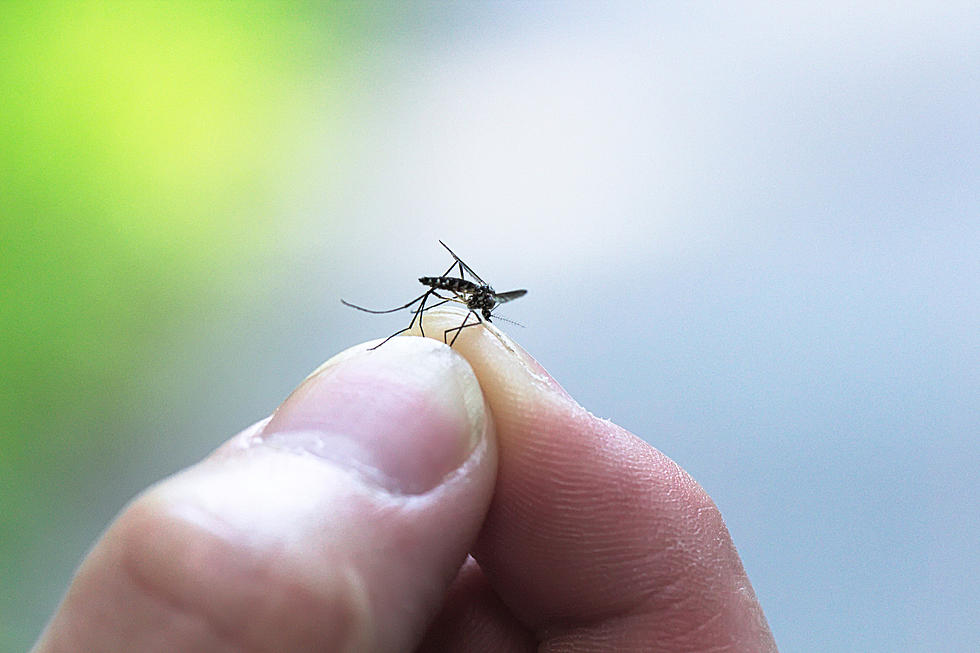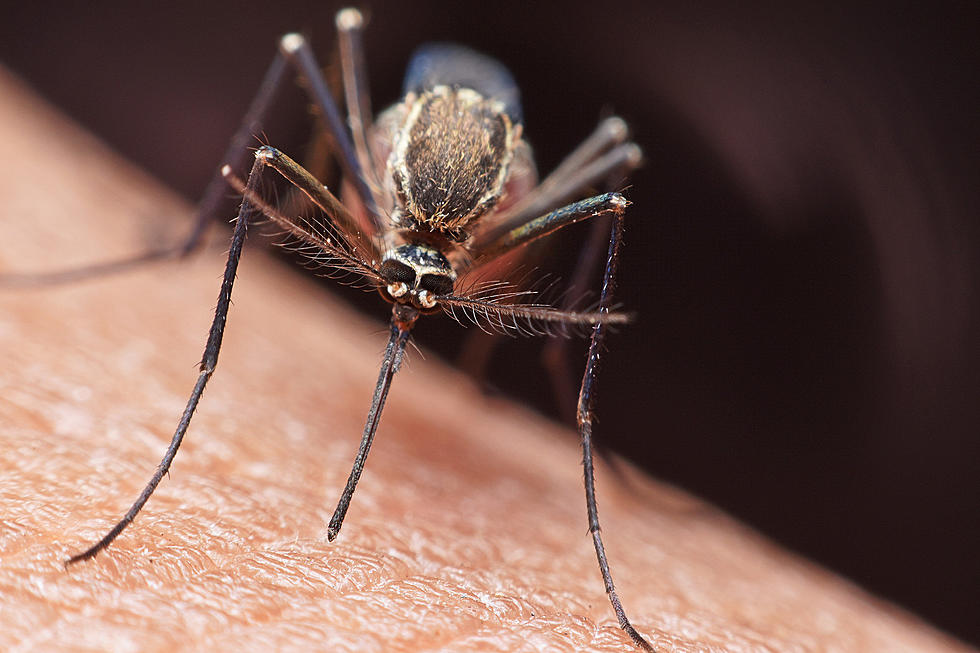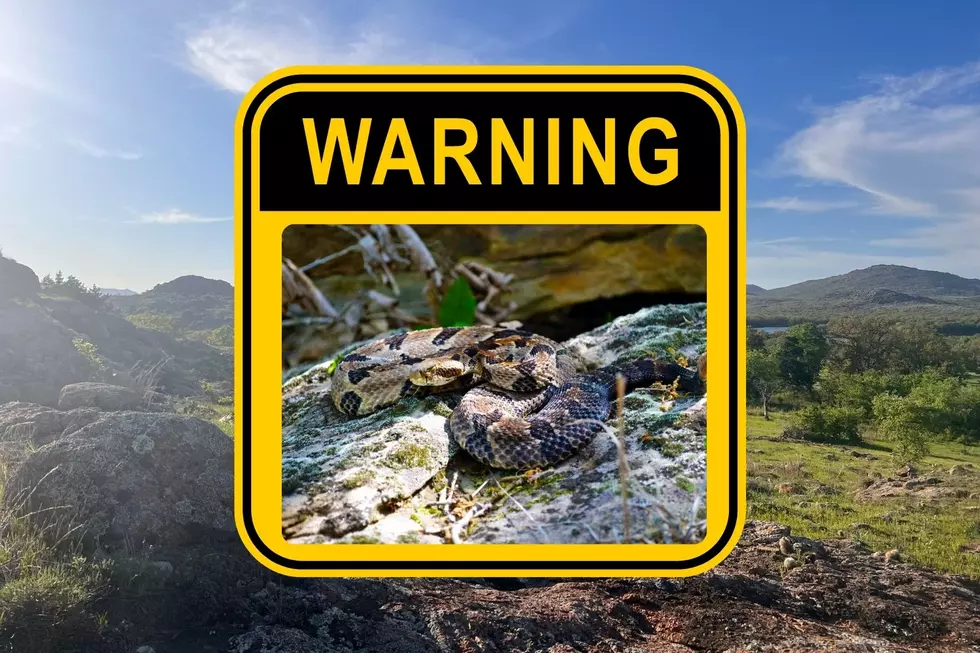Being Stung By A Murder Hornet Is No Joke
If you've been on the interwebs in the past few days I'm sure you've heard about the new threat facing mankind, the Murder Hornet. As if the COVID-19 pandemic, severe weather and all the other issues we're currently facing weren't enough. Scientists has discovered the Asian Giant Hornet A.K.A. the Murder Hornet in North America for the first time ever. So far they've been spotted in Washington state, British Columbia and Canada. Of course the fear is they'll spread throughout the continental U.S. wreaking havoc and destruction as they go.
These giant insects are native to Asia, typically found in Japan. While they normally don't attack humans and aren't overly aggressive, they do cause roughly 50 deaths per year overseas to those unlucky enough to tangle with them. A single bite or sting is rarely fatal, however it stung repeatedly or by several Murder Hornets anaphylactic shock is possible which can cause death. Not to mention how painful their sting or bite is.
So just how big are they? An average Murder hornet is anywhere from 2 to 3 inches long and their stingers are a half inch to a full inch long. The can penetrate clothing and even bee keeper's suits. Some say it's like having a tack driven into your skin. We have a first hand account of just how painful their sting is thanks to Nathanial "Coyote" Peterson from the Brave Wilderness YouTube Channel. This guy travels the globe and volunteers to have all kinds of insects and creepy crawlies sting or bite him in the name of science. This has to be one of, if not the most painful jobs to have. If this guy describes if as searing pain, absolute searing pain you know it's bad.
Now to add insult to injury the Murder Hornet is a major predator to the honey bee. That's right they hate them and will wipe out entire hives when encountered. We have to protect the honey bee, they're already having enough problems without the murder hornet. Scientists are working on tracking and eradicating these giant pests and it can't happen fast enough for me or the honey bee.
KEEP READING: See how animals around the world are responding to COVID-19
More From 1073 Popcrush








